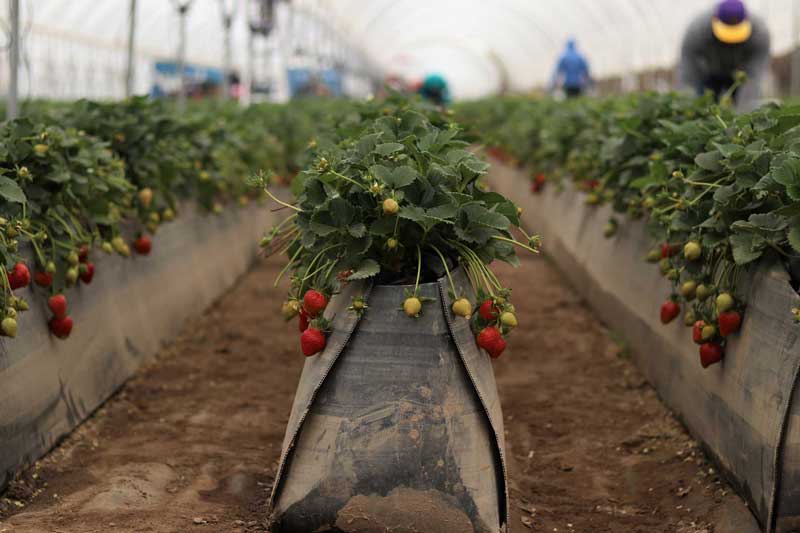Optimal Reagents And Conditions For Various Reactions: A Comprehensive Guide
Welcome to a comprehensive guide on the optimal reagents and conditions for various reactions. Whether you are a student, researcher, or industry professional, understanding the best methods for conducting chemical reactions is crucial for achieving accurate results and efficient processes.
This guide will cover acid-base reactions and complex organic syntheses, providing detailed information on the most effective reagents and conditions for each type of reaction. By following these guidelines, you can improve your experimental outcomes and increase your knowledge of chemistry. So let’s dive in and explore the world of optimal reagents and conditions for chemical reactions!
Acid-Base Reactions
If you want to understand acid-base reactions, you should take a look at this section. Acid-base reactions are one of the basic types of chemical reactions that involve the transfer of protons (H+ ions) between reactants. These reactions can be classified into two categories: strong acid-strong base titrations and weak acid-weak base titrations. In both cases, pH indicators are commonly used to determine when an equivalence point has been reached.
Strong acid-strong base titrations involve the combination of a strong acid with a strong base in order to neutralize the acidic solution and form a salt and water. Common examples include hydrochloric acid reacting with sodium hydroxide or sulfuric acid reacting with potassium hydroxide. Weak acid-weak base titrations, on the other hand, involve weak acids and bases that do not fully dissociate in solution. In these cases, pH indicators such as litmus paper or phenolphthalein can be used to visually indicate when an equivalence point has been reached.
Next up is ‘complex organic syntheses’.
Complex Organic Syntheses
You’re diving into the world of complex organic syntheses and discovering the best ways to make your desired compounds. In order to create these compounds, you’ll need to use catalytic reactions and optimize your reaction conditions for maximum yield and purity.
Catalytic reactions are essential for complex organic syntheses because they allow for the creation of new bonds in a controlled manner. These reactions involve the use of a catalyst, which is a substance that speeds up the rate of a chemical reaction without being consumed in the process. By carefully selecting the right catalyst for your desired reaction, you can ensure that it proceeds efficiently and selectively. Additionally, by optimizing other reaction conditions such as temperature, pressure, and solvent choice, you can further increase your yield and purity. With careful planning and experimentation, you can successfully navigate the complexities of complex organic syntheses and achieve your desired results.
Conclusion
Congratulations! You now have a comprehensive guide on the optimal reagents and conditions for various reactions. With this knowledge, you can confidently perform acid-base reactions and complex organic syntheses with ease.
When conducting acid-base reactions, always remember to select the appropriate acid or base depending on your desired reaction outcome. Additionally, ensure that the reaction occurs in a suitable solvent and at an optimal temperature. By following these guidelines, you can achieve high yields and pure products.
For complex organic syntheses, it is essential to determine the best conditions for each step of the synthesis process. This includes selecting the right reagents, solvents, catalysts and controlling parameters such as time and temperature. With careful planning and execution of each step, you can create intricate molecules with precision.
In conclusion, understanding optimal reagents and conditions for various reactions is crucial to achieving successful outcomes in chemical synthesis. By utilizing this guide as a reference tool, you can streamline your experiments and optimize your results. Good luck on your future endeavors in chemistry!


